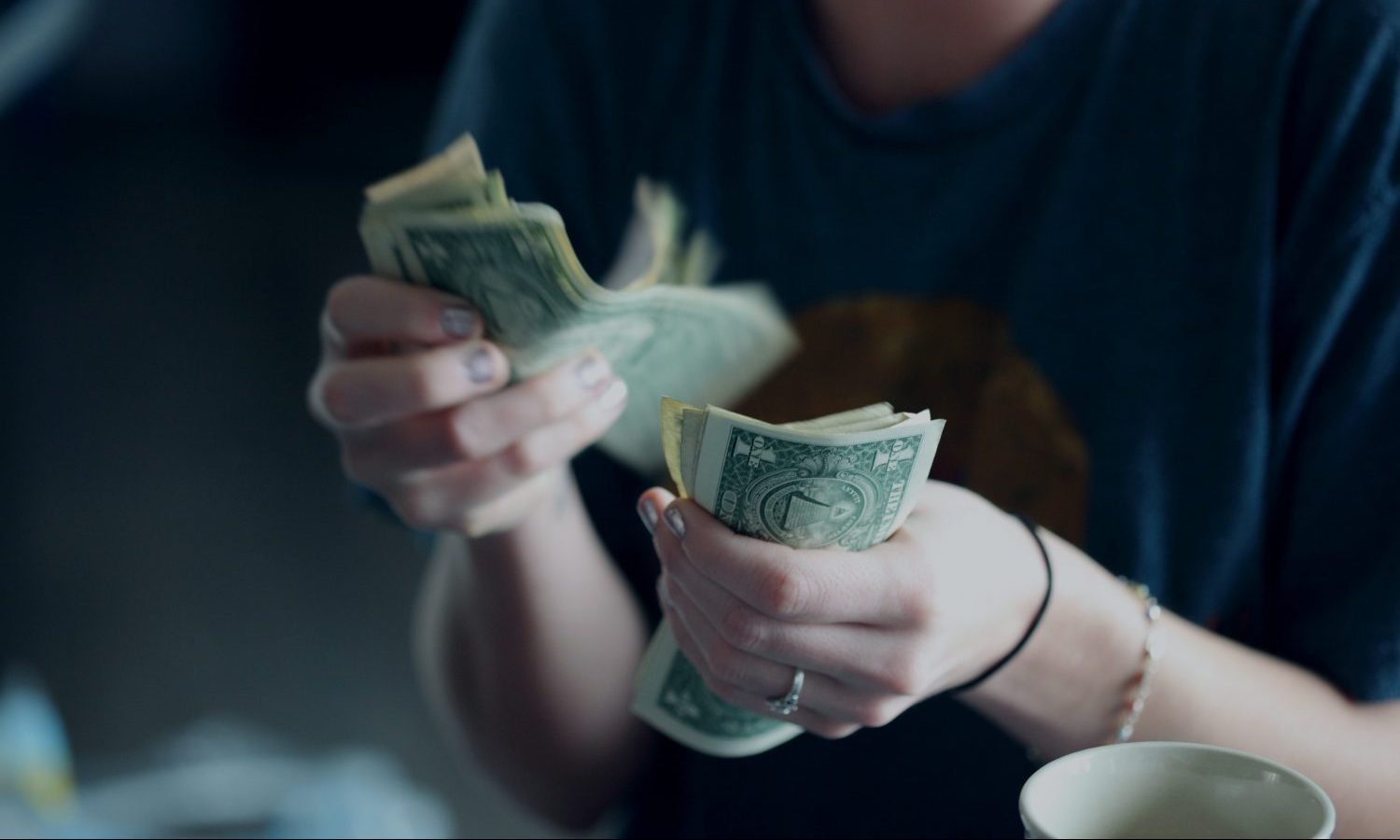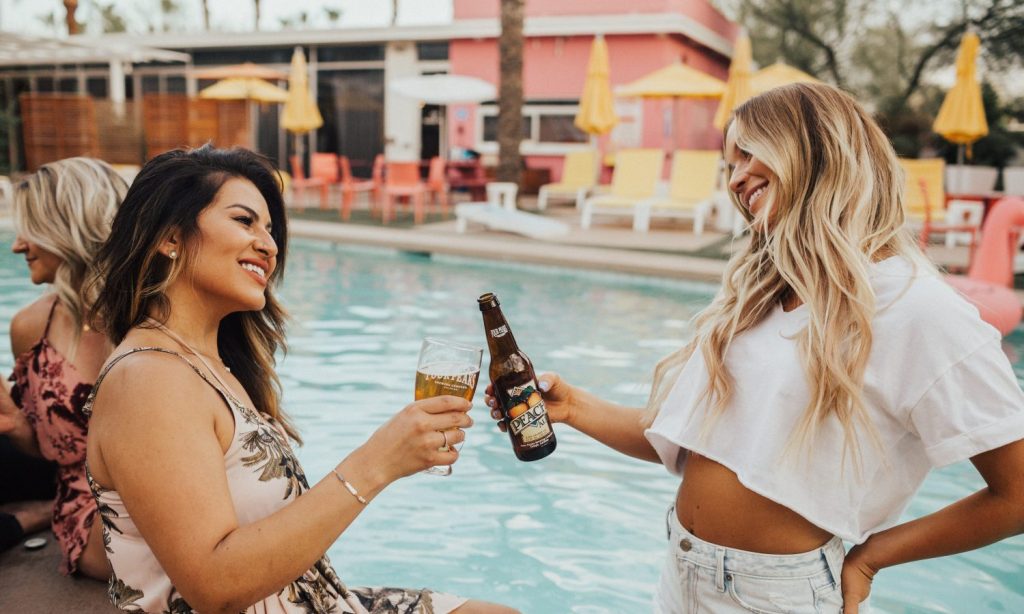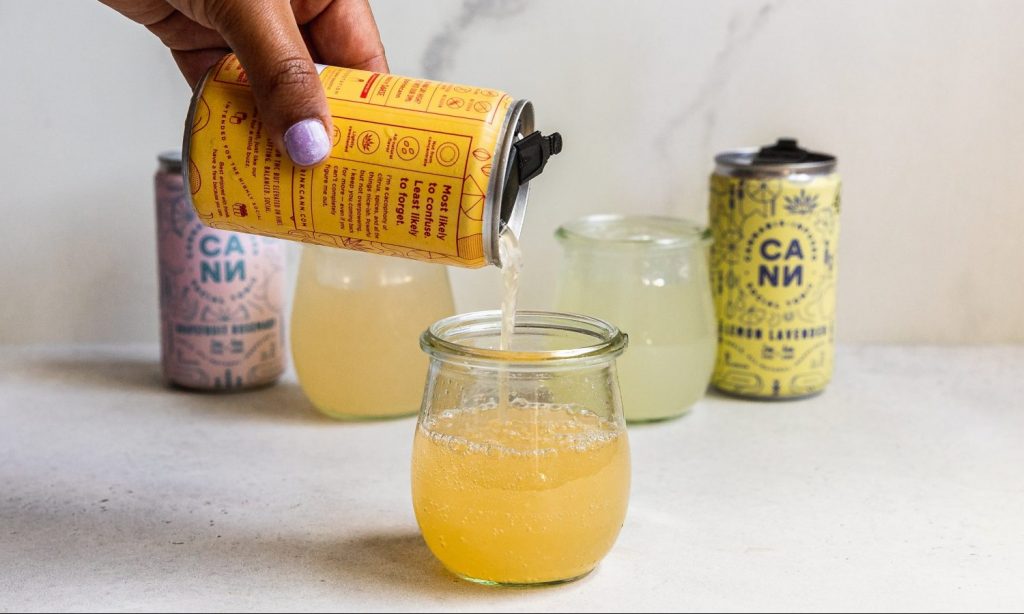
Women are overwhelmingly the main buyers of this cannabis product
In the cannabis industry, some players have made big bets on beverages, but so far it hasn’t paid off. The market is definitely growing, just not as fast as many had hoped. In addition, the slow growth of this form factor is not an indication that it will stop growing and ultimately gain even more market share.
Cannabis tracking company Headset recently published a report on the cannabis beverage industry and found that in the United States, “the market share of the beverage category has held relatively steady between 0.85% and 1.1% in recent years. In fact, market share in this category slowly declined through late 2019 and early 2020, before remaining just under 0.9% at the start of the COVID-19 pandemic. “
Photo of the explosion over Unsplash
Although consumers are putting the brakes on beverages, the category has turned the trend and Headset believes the products will hit all-time highs amid easing pandemic restrictions. The report also found that consumers are at least trying the products, as shopping cart data shows more people are throwing drinks in the bag. The report said: “We can see a relatively steady increase over time, from 1.6% in January 2018 to 2.8% in February 2021. Although the market share has not increased dramatically, more and more drinks are ending up in baskets, showing that more customers than ever are trying THC-infused drinks. “
RELATED: Why Cannabis Infused Drinks Hit or Miss
Just over 20% of the shopping carts are filled with cannabis drinks only, which means that the others add drinks to almost 80% of a larger order. In contrast, a third of edible consumers only buy groceries when they go to pharmacies.
 Photo from Elevate via Unsplash
Photo from Elevate via Unsplash
It’s a girl thing
What it turns out is that women are the big buyers of cannabis beverages. In each age category, women spent men buying cannabis-infused beverages. Women are undoubtedly the main consumer of cannabis-infused beverages.
RELATED: Women Are More Likely to Use Psychedelics Than Men – Here’s Why
The report becomes even more interesting when the headset dips into the dosage. The two main categories of purchases are on either side of the spectrum – either low as a microdose or very high for maximum impact. The report states: “In fact, most of the growth in the 10 mg or less range in recent years is due to the 0-5 mg ‘microdosed’ beverage cohort, which went from 14.4% in the category to more than 18 % in sales this year to date. “For example, beverages over 100 mg accounted for 59.8% of the market share in 2021, while products under 5 mg were the second largest category with a market share of 19.5%.
 Photo by Elsa Olofsson via Unsplash
Photo by Elsa Olofsson via Unsplash
California drink
The report said: “Beverage sales in California were $ 15.5 million in January 2021, nearly six times higher than those of $ 2.7 million in January 2018, the first month of recreational sales.” As competition intensifies and there are more beverages to choose from, the market share of the top three best-selling brands has declined in 2018. The data showed that some brands, such as Kikoko and Cannabis Quencher, gained a foothold in the market despite new brands entering the market. “Legal drinks, on the other hand, could not keep up and fell back from the third largest beverage brand in 2018 to a market exit in 2020.”
RELATED: New Research Shows How Women Are Handling The Pandemic
The headset also noted that there are some recent success stories like “Hi-Fi Hops” by the Lagunitas Brewing Company that only sell products that contain 10 mg of THC or less per serving. Heineken (OTC: HEINY) owns Lagunitas and therefore the beer is no longer considered “craft beer”. “Keef Cola, an old brand that originated in the medical cannabis market, was relaunched in California in 2019 and quickly rose to a prominent position by offering affordable soda, cocktail and flavored water products in 10 mg pack sizes and offered 100 mg. “
RELATED: 54% of CBD Drinks contain less CBD than advertised
Just as the alcohol industry has seen a giant leap towards hard seltzer, cannabis beverages have also dipped into the fizzy drink category. CANN Social Tonics made a splash with prominent investors to get attention. The report says, “Despite extremely high EQ prices (price per milligram of THC) and having been on the market for less than a year and a half, CANN has gradually retreated as California’s top beverage brand.” That doesn’t mean it is alone in Space is. Pabst Blue Ribbon recently launched a 5mg seltzer in California, and the cannabis-infused wine-like product Rebel Coast has left the vineyard to focus on canned seltzer.
The cannabis drink is still only a tiny part of the market, but it’s growing slowly. Next to Gen-Xers, women seem to be the dominant consumer. The desired dose is either maximum effect or just a low buzz. The intermediates are not getting that much interest and cannabis selters could grow as big as alcoholic selters.
This article originally appeared in the Green Market Report and was republished with permission.

Post a comment: